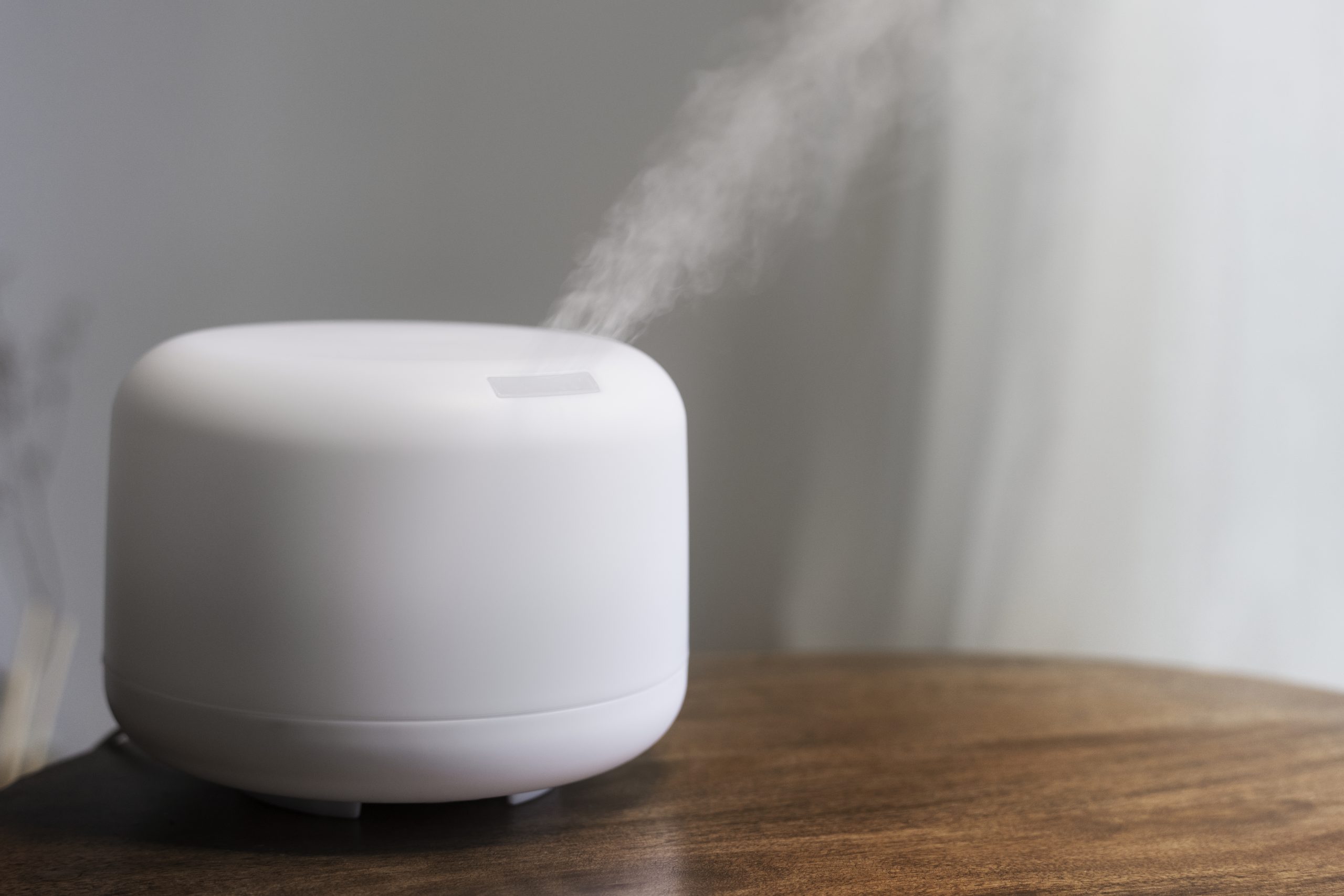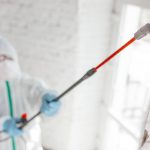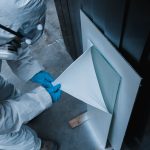
Indoor air quality is crucial for maintaining a healthy home environment. Poor air quality can lead to various health issues and exacerbate existing conditions like asthma and allergies. Ensuring that your home has clean, breathable air is essential for your family’s well-being. This comprehensive guide will help you understand the importance of air quality testing and how to improve the air in your home.
Why Air Quality Testing is Important
Air quality testing is vital for several reasons:
- Health Concerns: Poor indoor air quality can cause or worsen health issues such as respiratory problems, headaches, dizziness, fatigue, and allergic reactions. Long-term exposure to pollutants can lead to more severe health conditions, including cardiovascular diseases and cancer.
- Mold Detection: Mold spores in the air can trigger asthma and allergy symptoms and lead to respiratory issues. Testing your home’s air quality can help detect mold growth that might not be visible to the naked eye.
- Identifying Pollutants: Air quality testing can identify various pollutants, including volatile organic compounds (VOCs), radon, carbon monoxide, and asbestos. Knowing what contaminants are present allows you to take specific actions to eliminate them.
- Improving Comfort: Clean air contributes to a more comfortable living environment, reducing odors and improving overall indoor climate.
Common Indoor Air Pollutants
Several common pollutants can affect indoor air quality:
- Mold and Mildew: Mold thrives in damp environments and releases spores into the air, which can be harmful when inhaled.
- Dust Mites: These tiny creatures can cause allergic reactions and are commonly found in bedding, upholstery, and carpets.
- Pet Dander: Shedding from pets can contribute to poor air quality and trigger allergies.
- Chemicals: Household products such as cleaning agents, paints, and pesticides can release harmful chemicals into the air.
- Carbon Monoxide: This colorless, odorless gas can be deadly in high concentrations and is produced by faulty heating systems and gas appliances.
- Radon: A naturally occurring radioactive gas that can seep into homes from the ground, posing significant health risks.
How to Test Indoor Air Quality
Air quality testing can be done using several methods:
- DIY Testing Kits: Homeowners can purchase air quality testing kits that detect specific pollutants. These kits are relatively easy to use and provide quick results.
- Professional Testing: Hiring a professional service like QCI ensures a comprehensive assessment of your indoor air quality. Professionals use advanced equipment to measure various pollutants and provide detailed reports.
- Continuous Monitors: These devices continuously monitor air quality and provide real-time data. They can detect changes in air quality and alert you to potential issues.
Steps to Improve Indoor Air Quality
Once you’ve tested your indoor air quality, there are several steps you can take to improve it:
1. Improve Ventilation
Proper ventilation is crucial for maintaining good air quality. Open windows and doors when possible to allow fresh air to circulate. Use exhaust fans in kitchens and bathrooms to remove excess moisture and odors.
2. Use Air Purifiers
Air purifiers can help remove pollutants from the air, including dust, pet dander, and mold spores. Choose a purifier with a HEPA filter for the best results.
3. Control Humidity Levels
Maintaining the right humidity level (between 30-50%) can prevent mold growth and reduce dust mites. Use dehumidifiers in damp areas like basements and bathrooms.
4. Regular Cleaning
Regularly clean your home to reduce dust and allergens. Vacuum carpets and upholstery with a HEPA filter vacuum, and wash bedding and curtains frequently.
5. Avoid Smoking Indoors
Tobacco smoke contains numerous harmful chemicals that can significantly degrade indoor air quality. If you or someone in your household smokes, do so outside to keep indoor air clean.
6. Use Natural Cleaning Products
Many household cleaners contain chemicals that can pollute indoor air. Opt for natural, non-toxic cleaning products to reduce exposure to these harmful substances.
7. Regular HVAC Maintenance
Regularly maintain your heating, ventilation, and air conditioning (HVAC) system to ensure it operates efficiently. Replace filters as recommended and have the system inspected by a professional annually.
Case Study: Air Quality Improvement in Marco Island
Recently, a family in Marco Island contacted QCI due to persistent allergy symptoms. Our team conducted a thorough air quality test and discovered high levels of mold spores and dust mites. By implementing a series of improvements, including enhanced ventilation, air purifiers, and regular cleaning, the family’s indoor air quality significantly improved, and their symptoms were alleviated.
Ensuring good indoor air quality is essential for a healthy and comfortable home environment. If you suspect that your home’s air quality is compromised, professional testing and remediation are the best steps to take. At QCI, we offer comprehensive air quality testing and solutions to help you breathe easier. Contact us today at (239) 777-2875 or visit our website at QCI Online to schedule a free inspection and take the first step towards a healthier home.






